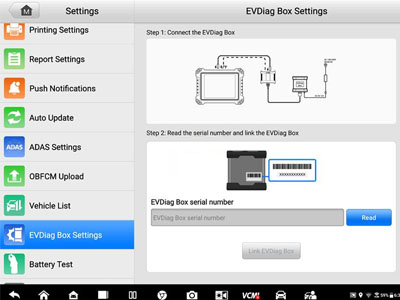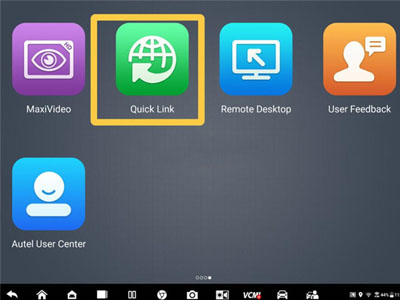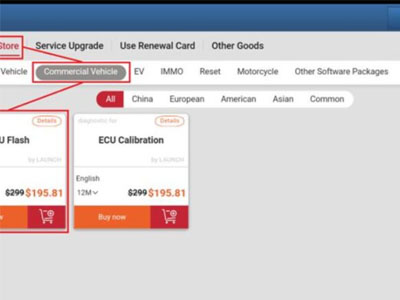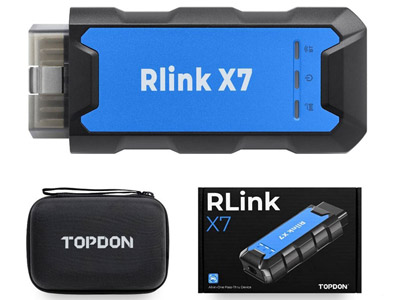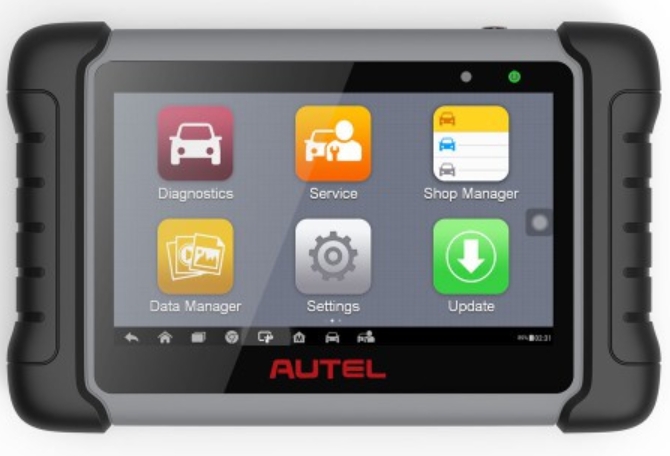
A car diagnostic tool, also known as an automotive diagnostic scanner or OBD (On-Board Diagnostics) scanner, is a device designed to diagnose and troubleshoot issues within a vehicle’s onboard computer system. It is an essential tool used by mechanics, automotive technicians, and even car owners to identify and resolve problems with various vehicle components.
The car diagnostic tool connects to the vehicle’s OBD port, typically located under the dashboard or steering column. Once connected, it communicates with the onboard computer system, retrieving valuable data and information about the vehicle’s performance, systems, and sensors.
The tool has a user-friendly interface, usually consisting of a display screen and control buttons. It allows users to access and interpret diagnostic trouble codes (DTCs) that are stored in the vehicle’s computer memory when a problem is detected. These codes provide valuable insights into the specific areas or components experiencing issues, such as the engine, transmission, ABS (Anti-lock Braking System), airbags, and more.
In addition to reading DTCs, modern car diagnostic tools offer a wide range of functionalities. They can provide real-time data, such as engine RPM (Revolutions Per Minute), vehicle speed, coolant temperature, and sensor readings, enabling users to monitor the performance of various systems. Some advanced tools also allow users to perform active tests, reset certain systems, calibrate components, and even program or update the vehicle’s computer software.
Car diagnostic tools come in different forms, ranging from handheld scanners to more advanced wireless devices that connect to smartphones or tablets via Bluetooth or Wi-Fi. They are compatible with a variety of vehicle makes and models, supporting the OBD-II (On-Board Diagnostics) standard, which is used in most cars manufactured after 1996.

